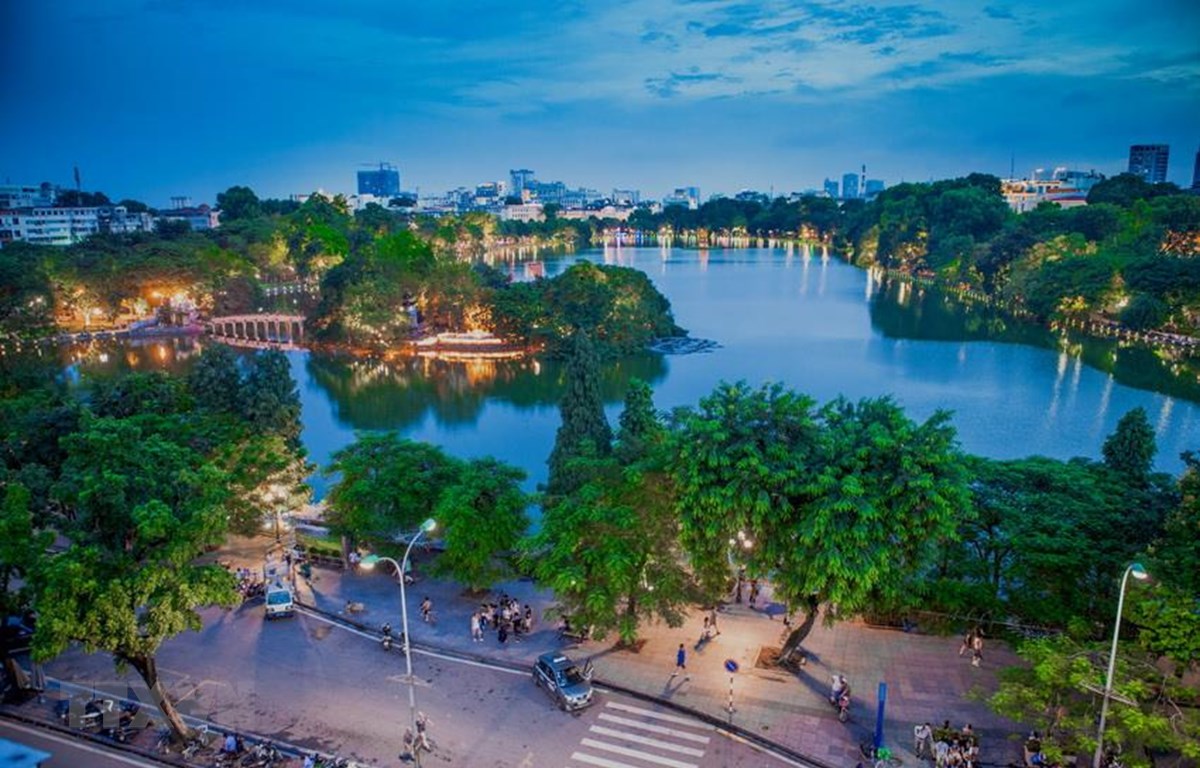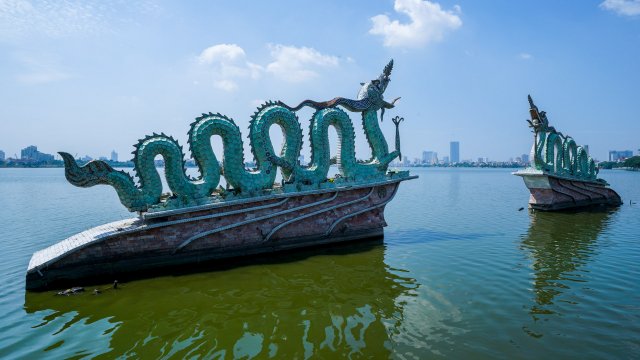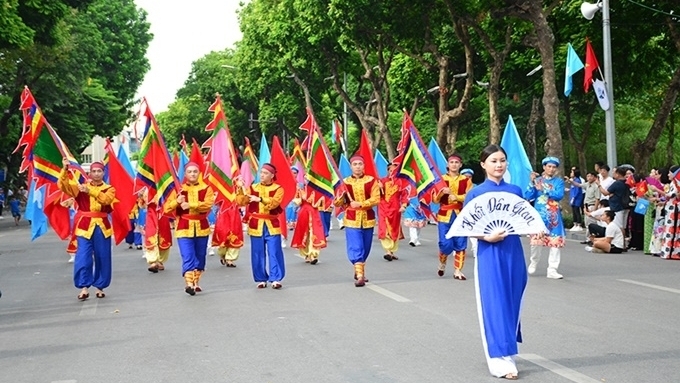
Hanoi has been added to the list of UNESCO’s Creative Cities Network, together with 65 other cities all over the world.
The new 66 UNESCO Creative Cities also include Mumbai and Hyderabad (India), Bangkok and Sukhothai (Thailand), Bergamo and Biella (Italy), Havana and Trinidad (Cuba), and Essaouira (Morocco) among others.
The network recognizes seven factors - craft and folk arts, media, film, design, gastronomy, literature, and music - as creative fields. As laboratories of ideas and innovative practices, UNESCO Creative Cities make a tangible contribution to achieving the UN’s Sustainable Development Goals (SDGs) through innovative thinking and action. Through their commitment, cities are championing sustainable development actions that directly benefit communities at the urban level.
Each in its own way, these cities make culture the pillar, not an accessory, of their strategies, according to UNESCO Director-General Audrey Azoulay. This favors political and social innovation and is particularly important for the younger generations.
Though having a rich culture of cuisine and craft and folk arts, Hanoi chose the design field as its typical feature and targeted for sustainable development in applying to join the network.

The Vietnamese capital became a new member of the network in the field of design, the department said, noting that although Hanoi is strong at many fields of creativity, it decided to apply for the status in terms of design since this area has wide coverage, is closely linked with other fields, and can reflect the city’s potential and strength in bringing into play its creativity.
Design in Hanoi can be seen in many architectural works with a long history, like Thang Long Imperial Citadel, a UNESCO-recognized cultural heritage site, and diverse architectural works expressing talent and creativity in design of many generations, such as the Hanoi Opera House, the Vietnam Fine Arts Museum, and Nhat Tan Bridge.
Besides, Hanoi has also met the standards for a creative city of design, including a developed design industry, multiple opportunities for creating designs from natural materials and conditions, and the presence of design groups with frequent activities.
The creative industry in Hanoi is growing. According to its application, in 2018, the creative industry contributed about $1.49 billion, equivalent to 3.7 per cent of its GRDP. The value add of Hanoi’s arts and entertainment industry reached some $196.5 million, accounting for 0.49 per cent of GRDP. In addition, out of more than 43,700 businesses operating in the field of creative design in Hanoi are many in interior design, urban design, and painting design. In 2018, the number of newly-established enterprises in the fields of science and technology, consulting, design, and advertising services in Hanoi reached 2,522 and 167 in the fields of arts and entertainment.
The municipal department said joining the UNESCO network is the first but significant step for Hanoi to raise its standing and create a new and more attractive image of the city.
To realize its commitment to the UNESCO Creative Cities Network, Hanoi will issue a long-term action programme and connect its policies to promote cultural industries and enrich local cultural resources. It will also create prerequisites to help other Vietnamese cities to take part in the network and actively contribute to the network’s development, thereby affirming its stature as the creative capital of Vietnam in Southeast Asia and the world.

A total of 66 cities were designated as UNESCO Creative Cities on this occasion. Apart from Hanoi, the seven other creative cities of design are Asahikawa (Japan), Baku (Azerbaijan), Bangkok (Thailand), Cebu City (the Philippines), Muharraq (Bahrain), Querétaro (Mexico), and San José (Costa Rica).
The Creative Cities Network was launched in 2004 to promote cooperation with and among cities that have identified creativity as a strategic factor for sustainable urban development.
With the new 66 newly-designated cities, the UNESCO Creative Cities Network now counts a total of 246 cities from all regions of the world. They work together towards a common mission: placing creativity and the creative economy at the core of their urban development plans to make cities safe, resilient, inclusive, and sustainable, in line with the United Nations 2030 Agenda for Sustainable Development.
Hanoi submitted its dossier to seek the UNESCO title in June 2019. The dossier was prepared by the municipal Department of Culture and Sports with the coordination of the Vietnam National Institute of Culture and Arts Studies, the UNESCO Office in Hanoi, and relevant sectors and agencies.
By winning UNESCO’s recognition, Hanoi will be provided with more opportunities to cooperate with other creative cities in the network while advertising itself as a more attractive destination for visitors.

















